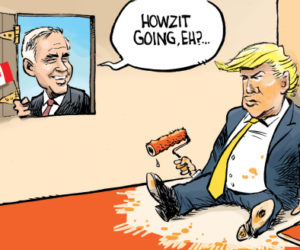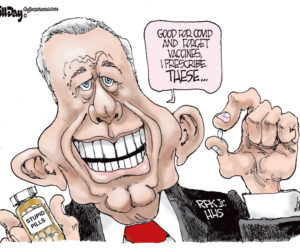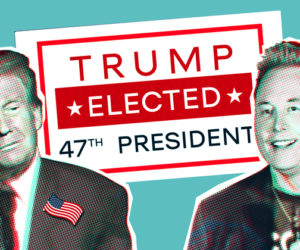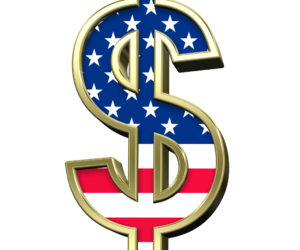One day this week two things happened in Spain. Its banks received another bailout to help “save” them. And the government announced crushing new austerity measures in the form of reduced services, worker firings, and higher taxes.
One might easily conclude from this confluence that saving the banks and saving the economy don’t run in tandem. But central bankers and government policy makers in this country, Europe, and indeed much of the world, seem not to have so concluded. These worthies have pumped up banks, the depository kind and the investment variety, to the tune of trillions of dollars (that trillions with a “t”) in recent years for the oft-stated reason that this is critical to getting overall economies healthy — though economies continue to mop along at best, and more often just keep sinking.
Why is that? Why hasn’t “saving the banks” actually kickstarted economies the way it is supposed to do? And why do central bankers and government officials continue to claim it should and eventually will — abundant evidence to the contrary notwithstanding? Here’s the answers.
A huge chunk of this money — mostly created with the modern equivalents of cranking up government printing presses — has merely gone to improving the balance sheets of banks. Bankers’ greed and arrogance led to a huge numbers of costly bad loans, and even the happy face audits regulators like to apply when so many banks are in this fix could not prevent them coming in with insolvency ratings. So this newly created money simply replaces the vanished old money represented by assets no longer worth what they seemed to be worth when the bad loans were made. It never leaves the banks.
This still leaves a lot of money, however, that could be used for new loans to consumers and struggling businesses, bailing them out in the process, and actually giving a huge boost to the overall economy. However…
So many consumers have become bad credits (to use banking lingo) that born-again prudent bankers and their regulatory keepers won’t permit such lending.
Instead, money available for lending after making depleted bank books look healthier is given as loans to rich individuals and to large corporations with still good credit ratings.
The top one percenters who get these loans pay off old debts with higher interest rates and have enough left over to invest heavily in hedge funds that prey on weak economies and vulture funds that gobble up tottering enterprises.
Large corporations, meanwhile, get their own new loans at exceptionally low rates because the money banks get from governments is practically free so the loans actually made by banks have very low rates. These companies then use this money to purchase labor-saving technology and reduce their outstanding corporate debt, making their own books healthier and their earnings stronger without the need to hire workers or increase sales in a market where consumers are so strapped.
Since all of this is so obvious to anyone, even bankers, whose head isn’t buried in Atlas Shrugged, why do governments continue to make “saving the banks” their primary priority, even though it clearly generates so few benefits for the overall economy? The answer is equally obvious. Governments now exist primarily to service the interests of banks, bankers, corporate CEOs, and the upper one percent generally.
Banks and bankers get richer from this policy. Corporations get more profitable without having to resort to new hiring, boosting the take of their top managers. Wall Streeters get richer from markets that spew profits from strong bank and Fortune 500 company earnings. The top one percent who make most of their own money these days from low taxed capital gains, realize a lot of such gains from investments in banks and fortune 500 shares, or from hedge funds that make bets on sovereign debt, derivative sputters, and cheap takeovers of parts of the economy their other activities make vulnerable.
A major factor motivating the central banks that play at this game is that they can pump trillions into an endlessly leaking banking hose that waters only the few without causing a dreaded inflation, since these infusions never reach Main Street where increased purchasing power would cause rapid price hikes (inflation). Pols of all parties who happily collude with central bankers here are gifted with campaign lolly from the top one percenters that permits these pols to advertise their love of the people during periodic elections whose outcome never any longer seem to change the game in meaningful ways.
Paul Volcker famously said that he no longer understands capital markets. Poor man. Of course he doesn’t understand them any longer. His thinking is hopelessly anchored in a fast disappearing world in which capital markets serviced the larger economy, rather than the larger economy and its government wings existing to service capital markets and their own constituents.
OK. Let’s say this analysis is accurate. And we stop “saving the banks.” What happens then?
I don’t know. But I do know what will happen if this save-the-bank policy continues. The very rich will get very richer. The rest of us will slip further and further into the tank. Democracy as we have known it will become little more than a theory. And the new normal will be an endless drag-ass depression.
















